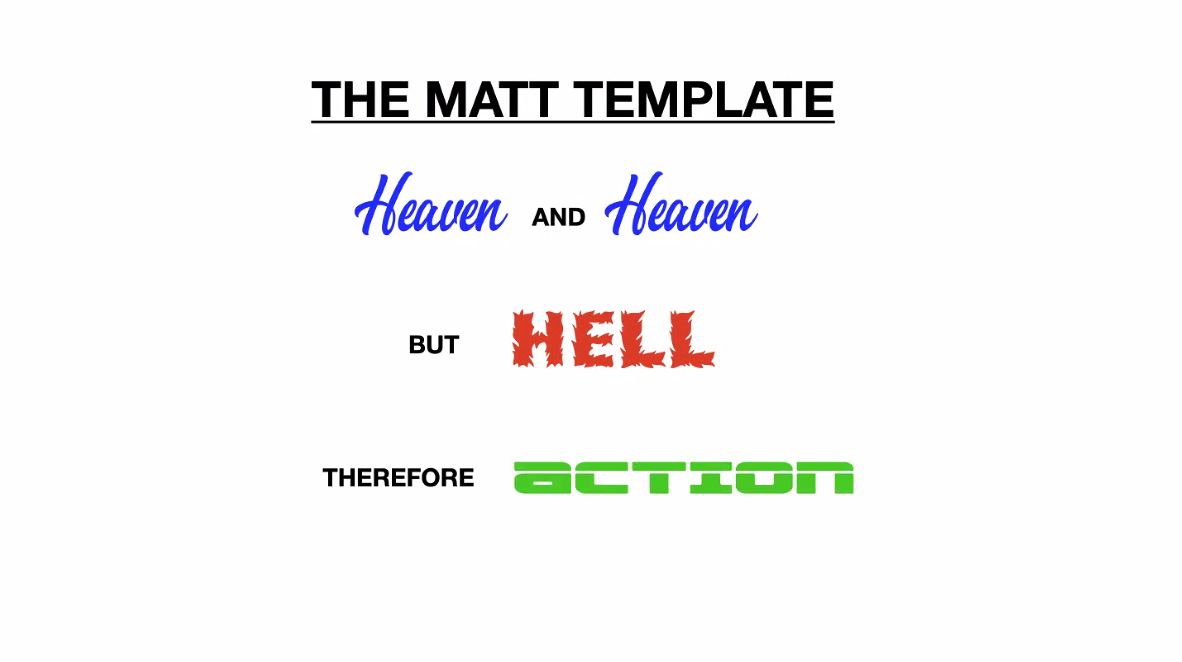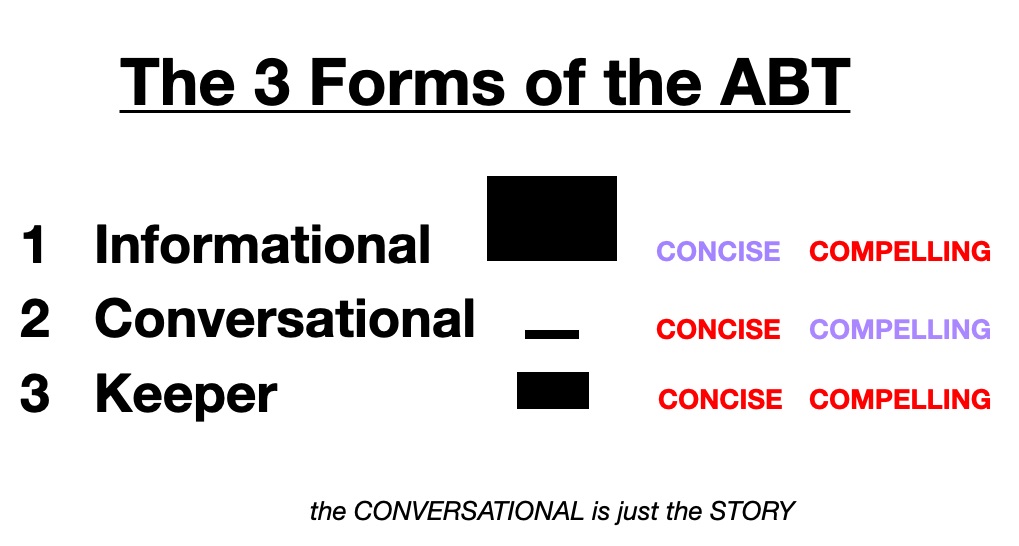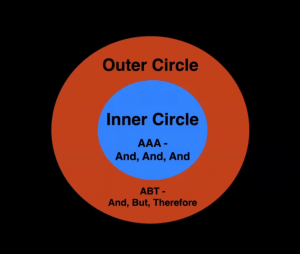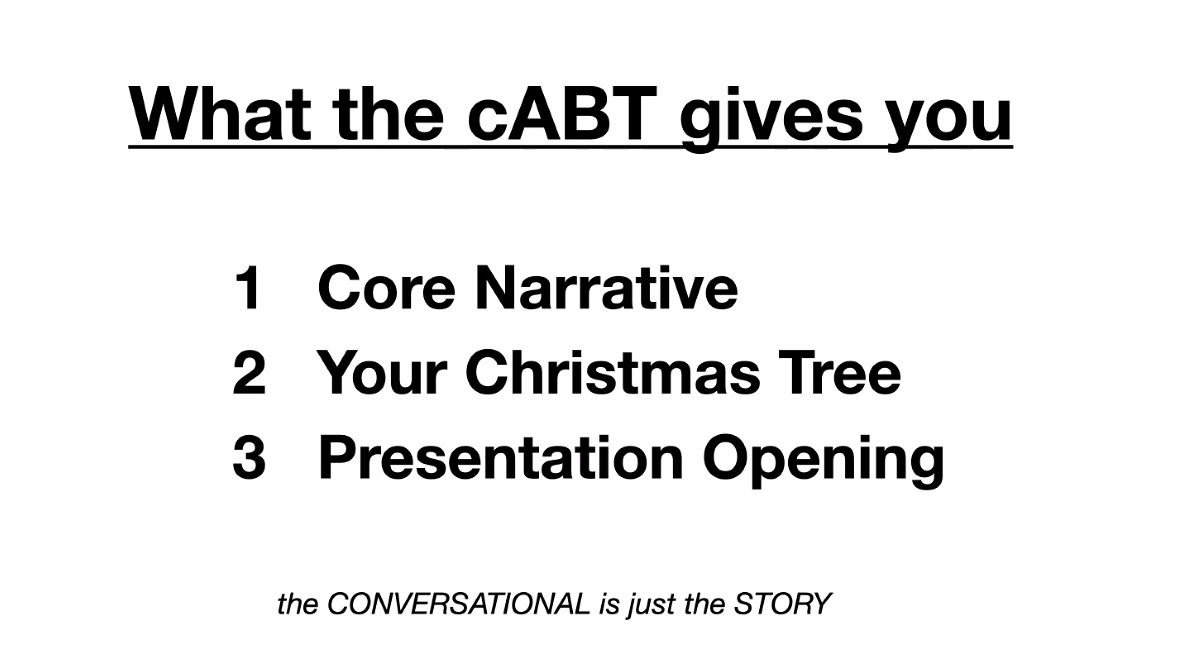ABT Framework Student Resource Page Round 29 – World Bank
Contents
Sign up to host your Working Circle here (separate page)
Sign up to participate in Working Circles
Session 2 Resources – Singular Narrative
Session 4 Resources – Hero’s Journey
Social Media – Keep up with us on the web
Synopsis on Working Circles – If you’re new to Working Circles, start by reading this.
Working Circle Half Hour Schedule – Use this to guide you through how to host your half hour Working Circle.
To complete the class, you must sign up to host 1 Working Circle and sign up to participate in 2 Working Circles.
Sign up to host a Working Circle
- Pick an available half hour time slot on this page.
- Fill in your first name, last name, and a short title for your Working Circle based on your ABT.
Host responsibilities
- Email your participants your ABT before the Working Circle so they have time to review it – we’ll send you the list of your participants’ email addresses 3-5 days ahead of time.
- You can send your participants a revised ABT of what you originally submitted to class or use a brand new ABT all together.
- During the Working Circle, use the ABT Blue Card and follow the half hour schedule.
- You’re the moderator of the discussion, so do your best to make sure everyone gets a chance to speak and provide input.
- We’ll send you and your participants a Zoom link for your Working Circle 3-5 days before you’re scheduled to host, so no need to worry about that.
Participant responsibilities
- Sign up to participate in a minimum of 2 Working Circles. Sign up here.
- Review the ABT that the host sent you ahead of time and come up with your version of the 5 Word Problem (this will be discussed in class) for the host’s ABT before the Working Circle starts.
- One participant should volunteer to be the notetaking Scribe. The Scribe will share their screen so that everyone can view it and have a Word document up to take notes. You can find a premade Scribe document in Word here.
- (Optional) Participants can rewrite the host’s ABT and present the rewritten ABT to the host during the Working Circle. This approach is for participants who want a little extra practice and to give the host more options and ideas for rewriting their ABT. So far we’ve had reports back that hosts are incredibly grateful when participants do this.
- Be prepared to use the ABT Blue Card and all the tools you’ve learned in class to help the host clarify their narrative.
Mondays
First class @ 6:00 AM PST (Los Angeles Time) / 9:00 AM EST / 7:30 PM IST (New Delhi) / 10:00 PM SGT (Singapore)
First Class: Nov 28
All following classes @ 5:00 AM PST (Los Angeles Time) / 8:00 AM EST / 6:30 PM IST (New Delhi) / 9:00 PM SGT (Singapore)
Dec 5, 12, 19
Jan 9, 23
Feb 6, 13, 27
March 6, 13
Sign up to host a Working Circle (see above)
Download the ABT Blue Card – Have it open or printed out and ready for each class.
If you haven’t signed up yet to host a Working Circle, be sure to do so here.
The Matt Template:

Optional Exercise #1: The 5 Word Problem
“What’s the problem?” is the most common question Randy asks during the ABT Builds, so here we’ll get your answer ready ahead of time. For this exercise, look at the ABT you submitted for the class and try to finish this sentence “The problem is _____” and use only 5 additional words.
Examples: The problem is bad resource management.
The problem is the old method doesn’t work.
The problem is we have bad data.
Stripping down your problem to just 5 words can help you clarify what your narrative is actually all about and focus in on the real problem that you want to address.
Session 2 Resources – Singular
Narrative
The One Thing:

Nicholas Kristof’s Advice for Saving the World – The importance of the singular narrative. Once you increase the size of a narrative from one person in need to two people in need, compassion drops in the audience.
Compassion Fade: Affect and Charity Are Greatest for a Single Child in Need – The research article that “Advice for Saving the World” references.
Three Forms of the ABT – It’s recommended you read this excerpt from Houston, We Have a Narrative and get an understanding of the cABT (Conversational ABT).
‘Data-Driven’ Campaigns Are Killing the Democratic Party – The article in which Dave Gold coined the term “Christmas Tree” when looking for an overarching problem. It’s okay to have several problems in your narrative, but you need to find the overarching Christmas Tree problem for your narrative that all the other problems can hang off of like ornaments.
Off With the Talking Heads: A Plea for One COVID Voice – Randy’s recent Medpage article where he talks about the importance of the singular narrative.
Uri Hasson’s Paper on Neurocinematics – For a look at how narrative and non-narrative effects the brain. This paper was referenced in the AAAS video.
Optional Exercise #2: Using the Dobzhansky Template to find your “One Thing.”
Restructure your ABT in the form of a Dobzhansky Template to help you find your singular narrative. This is an excellent tool to use during Step 1 of the ABT Blue Card.
Dobzhansky Template: Nothing in _______ makes sense, except in the light of ________.
Examples: Nothing in biology makes sense, except in the light of evolution.
Nothing in geology makes sense, except in the light of plate tectonics.
Nothing in the management of mule deer makes sense except in the light of correctly estimating abundance.
Nothing in the challenge of teaching human anatomy makes sense except in the light of time management.

Bankspeak: The Language of World Bank Reports, 1946–2012 – The Literary Lab report on how the World Bank reports are completely unreadable, due in no small part to the overuse of the word “and” to glue together contradicting statements.
A spat over language erupts at the World Bank – The somewhat dismissive Economist article on the “conjunction dysfunction” about the Literary Lab’s report.
Optional Exercise #3: cABT – Starting from simplicity
Randy might ask you the cABT version of your ABT, so for this exercise you’ll prepare your cABT ahead of time.
The cABT should have all specifics stripped off of it. Use nothing but generic words, like “thing” and “stuff.” For example, if your ABT dealt with a new way to clean junk from the ocean that’s an improvement and the old system is outdated, the cABT would be “We had a thing we were using for a while, but it’s not working that great, so now we want to use a better thing.”
See? We can’t tell that you’re working on cleaning the environment. You could just as well be telling me that you’re implementing a new accounting system at your bank for all we know. That makes it a good cABT.
This exercise is important in making sure you have an easily understood base narrative, that you really know what the narrative core of your ABT is all about. And then from the base cABT, you can start adding specifics again when constructing your kABT.
Session 4 Resources – Hero’s Journey
Matthew Winkler Video: What makes a hero? – We only watched the first two minutes in class. Watch this to the end to see how the hero’s journey applies to your life:
Optional Exercise #4 – “This is a story of…” – Processes – Ultimate & Proximate
This is another exercise that would be handy to have done before your in class ABT Build with Randy because Randy asks this question for roughly 99% of ABT Builds.
For this exercise, tell us what your ABT is about by finishing this sentence and using only 3 additional words “This is a story of____.”
It seems simple, but this exercise is tricky because participants tend to focus on the subject. But stories need more than a subject, they need action. Processes are where you find that action. Common processes for ABTs could include adapting, managing, protecting, restoring, strategizing, educating.
Examples:
- Protecting a species
- Strategizing building restoration
- Managing conservation efforts
- Restoring wildlife
- Adapting to change
- Educating our stakeholders
Look at this example ABT:
Congressional funding is a key requirement for the continuation of important avian research, and we know that our research allows us to be better able to manage our wildlife habitats and protect endangered species. But program managers don’t feel confident about securing future funding because some research areas are not receiving enough attention. Therefore, we need to effectively promote the proven success in these research areas to secure future funding.
When asked to complete the sentence “This is a story of____,” a possibility is “This is a story of avian research.” But this is just the subject and it doesn’t tell us what action is taking place in this story.
Instead of the subject (avian research), focus on the process. If you wanted the process for the broader story, the Ultimate Goal, then the process might be “secure,” since ultimately the purpose is to secure the future funds. “This is a story of securing future funding.”
“Securing future funding” is the Ultimate Goal, but you can take it down to a narrower level by focusing on the specific process, the Proximate Goal, you want to go through to get that future funding: “This is a story of promoting our successes.”
Ultimate Goal (the big picture goal that you want to achieve): Securing future funding.
Proximate Goal (the specific action to achieve the Ultimate Goal): Promoting our successes.
Fulfilling the Proximate Goal will lead us to succeeding at the Ultimate Goal.
Try to fill in “This is a story of____” for your ABT using only 3 additional words (focusing on the process) or less. Do one version for the Ultimate Goal and one version for the Proximate Goal.
Science Needs Story – Randy Olson’s Blog.
@ABTAgenda – Follow Randy on Twitter.
ABT Time Podcast – All things ABT, start to finish. In this weekly hour long post Randy will discuss observations, applications and implications of this powerful tool that is at the core of his narrative training program and effective communication of all forms.
ABT Framework Course & Story Circles Grads – A private Facebook group just for graduates of the course where you can post about any ABT related topic you find around the ‘net. Once you request access, we’ll let you in.
Story Circles & ABT Training – An open-to-all Facebook Fan page.
The ABT Agenda Newsletter – We send out a newsletter a few times a year with new ABT related events, news, and course updates. If you sign up, we promise not to spam you with tons of junk!

